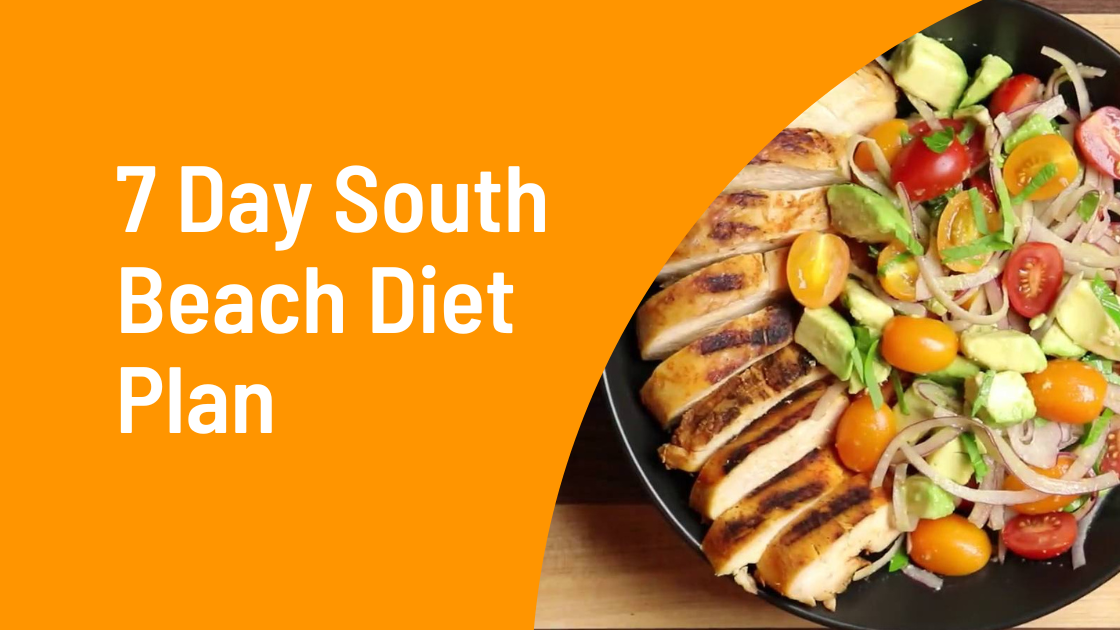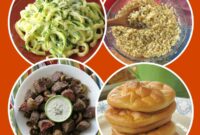South Beach Diet Phase 1 soup recipes offer a delicious and effective way to kickstart your weight loss journey. This introductory phase emphasizes low-glycemic foods, focusing on lean proteins, healthy fats, and plenty of vegetables. The recipes detailed here provide flavorful and satisfying options that adhere strictly to the Phase 1 guidelines, ensuring you stay on track while enjoying nutritious meals. This guide will delve into the principles of the diet, provide detailed recipes with nutritional information, and offer variations to suit different preferences.
Understanding the South Beach Diet’s Phase 1 restrictions is crucial for success. This phase eliminates many high-glycemic carbohydrates, refined sugars, and unhealthy fats to regulate blood sugar and promote weight loss. By focusing on the recipes presented, you can experience the benefits of this initial stage, laying the groundwork for long-term healthy eating habits.
Understanding the South Beach Diet Phase 1
The South Beach Diet Phase 1 is a short-term, restrictive phase designed to jumpstart weight loss and improve blood sugar control. It focuses on eliminating foods that cause rapid spikes in blood sugar, leading to increased insulin production and subsequent fat storage. This initial phase lays the groundwork for healthier eating habits that can be sustained long-term.
The core principles of Phase 1 revolve around controlling blood sugar levels and minimizing the intake of simple carbohydrates and unhealthy fats. This is achieved through a carefully selected range of permitted foods and a strict exclusion of others. The goal is to experience rapid initial weight loss while establishing a foundation for improved metabolic health.
Permitted and Restricted Food Groups in Phase 1
Phase 1 of the South Beach Diet allows for a range of nutrient-rich foods while strictly limiting others. Understanding these distinctions is crucial for successful adherence.
- Permitted Foods: Lean proteins (fish, poultry, beans, tofu), healthy fats (olive oil, avocados, nuts), non-starchy vegetables (broccoli, spinach, peppers), and limited amounts of low-glycemic fruits (berries).
- Restricted Foods: Sugary drinks, processed foods, white bread, pasta, rice, most fruits (except those mentioned above), and unhealthy fats (trans fats, saturated fats found in excessive amounts in red meat and processed foods).
Rationale Behind Dietary Restrictions in Phase 1
The restrictions placed on certain food groups during Phase 1 are directly linked to their impact on blood sugar and insulin levels.
The exclusion of simple carbohydrates (like white bread and sugary drinks) is because they are rapidly digested and absorbed, causing a sharp rise in blood sugar. This rapid increase triggers a surge in insulin, which promotes fat storage. By eliminating these foods, the body is less likely to store excess calories as fat. Similarly, the restriction of unhealthy fats is crucial because these fats contribute to inflammation and can negatively impact overall health and weight management. The emphasis on lean protein and healthy fats helps maintain satiety and supports metabolic function without causing the same blood sugar fluctuations. The inclusion of non-starchy vegetables provides essential vitamins, minerals, and fiber without significantly impacting blood sugar levels. Finally, the limited allowance of low-glycemic fruits provides some sweetness without the negative effects of high-glycemic fruits.
Nutritional Analysis of Phase 1 Soups
The South Beach Diet Phase 1 emphasizes low-glycemic, nutrient-rich foods to promote weight loss and improve metabolic health. The soup recipes are central to this phase, providing a foundation of vegetables, lean protein, and healthy fats. Analyzing their nutritional profiles reveals their contributions to overall well-being and helps understand their impact on weight management.
The nutritional benefits of the Phase 1 soups stem from their carefully selected ingredients. They are generally low in carbohydrates and high in protein and fiber, promoting satiety and preventing blood sugar spikes. The abundance of vegetables provides essential vitamins, minerals, and antioxidants, supporting overall health. The inclusion of lean protein sources helps preserve muscle mass during weight loss, a crucial aspect of successful dieting. The healthy fats present contribute to satiety and support various bodily functions.
Nutritional Comparison of Phase 1 Soup Recipes
The five Phase 1 soup recipes (assuming a set of five exists and their specific ingredients are known – for example, Chicken Vegetable, Lentil, Minestrone, Spicy Tomato, and Shrimp and Broccoli) demonstrate some similarities and differences in their nutritional profiles. While all are low in carbohydrates and high in fiber, the protein content may vary depending on the primary protein source (chicken, lentils, shrimp). For instance, the lentil soup would likely be higher in fiber and plant-based protein compared to the chicken vegetable soup. The shrimp and broccoli soup would offer a different amino acid profile compared to the others. Similarly, the vitamin and mineral content will vary based on the specific vegetables used in each recipe. A detailed comparison table, if available, would clearly illustrate these differences.
Impact on Blood Sugar and Insulin Sensitivity
The low-carbohydrate nature of the Phase 1 soups contributes significantly to blood sugar control. By minimizing the intake of rapidly digestible carbohydrates, these soups help prevent the sharp spikes in blood glucose that often lead to insulin resistance. The high fiber content further slows down the absorption of sugars into the bloodstream, resulting in a more gradual and stable rise in blood sugar levels. This controlled blood sugar response promotes improved insulin sensitivity, a crucial factor in preventing type 2 diabetes and managing weight effectively. For example, individuals with pre-diabetes or type 2 diabetes might experience a significant improvement in their blood glucose levels after incorporating these soups into their diet, as supported by studies showing the benefits of low-carbohydrate diets for these conditions. It’s important to note that individual responses can vary, and consulting a healthcare professional is recommended.
Final Summary
Mastering the South Beach Diet Phase 1 can be significantly easier with the right tools, and these soup recipes provide a delicious and effective foundation. By understanding the nutritional benefits of each recipe and employing the practical tips for preparation and storage, you can create a sustainable and satisfying weight-loss plan. Remember, consistency and adherence to the guidelines are key to achieving your health goals. These recipes are a starting point; feel free to experiment and adapt them to your personal preferences, while always maintaining the core principles of Phase 1.



